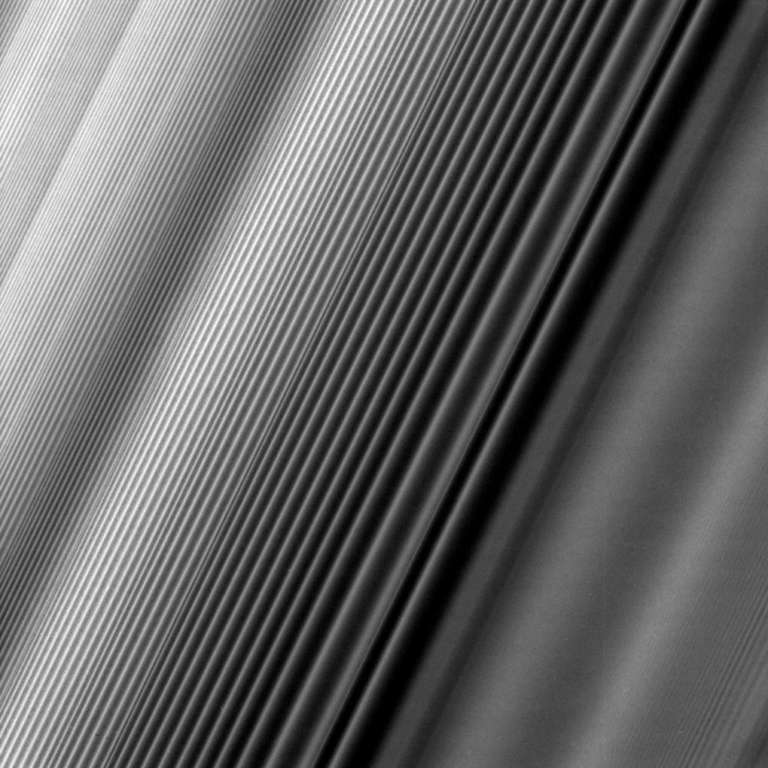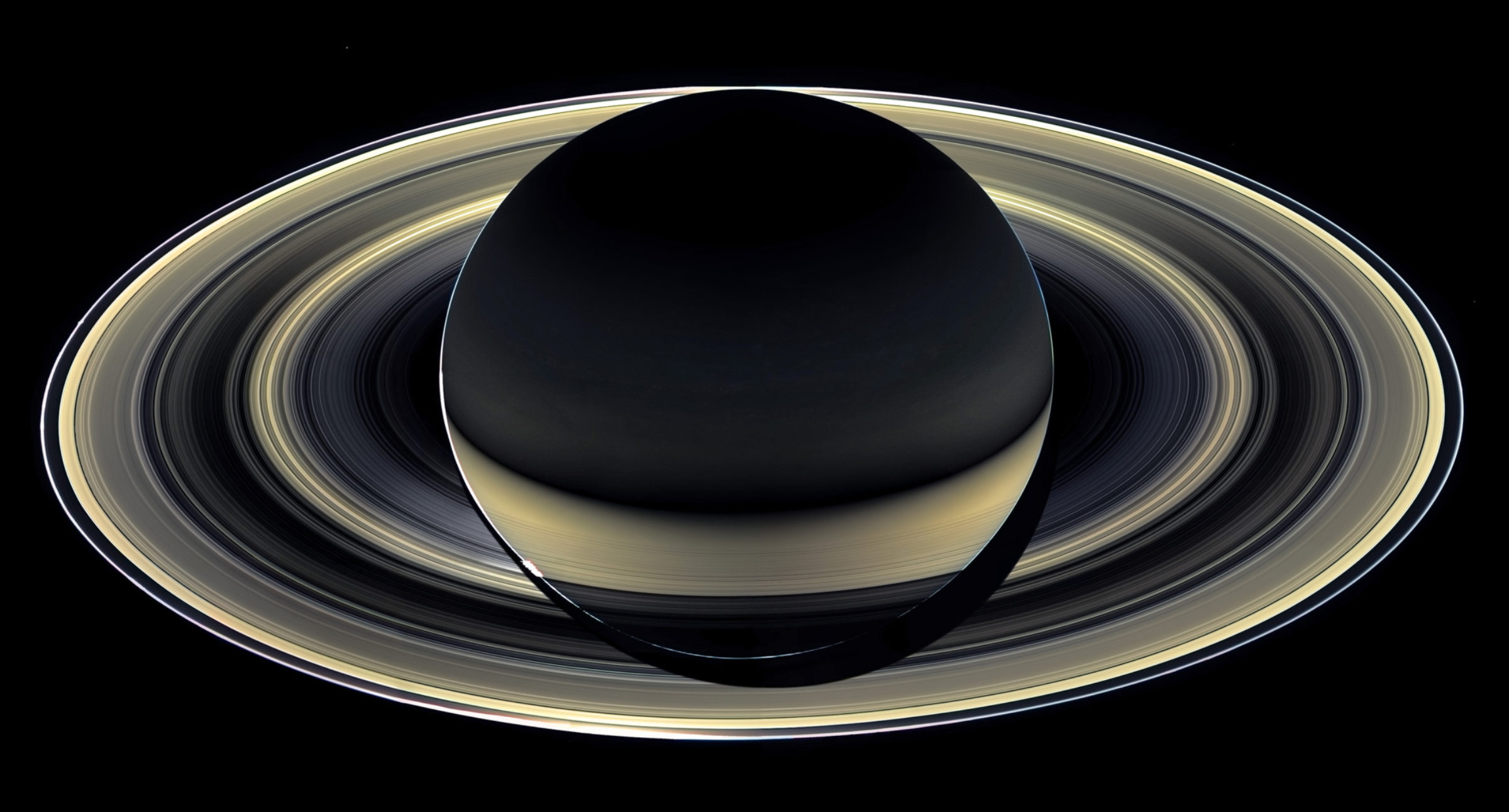Planetary Radio • Jul 19, 2017
Emily Lakdawalla on the Last Orbits of Cassini
On This Episode
The Cassini Mission has less than two months to go before it ends with a spectacular plunge into the beautiful ringed world. Planetary Society Senior Editor Emily Lakdawalla has prepared a guide to the last orbits by the historic spacecraft. Bill Nye provides examples from his new book of how we will benefit from space applications and the way nerds solve problems. His impressions may not be ready for prime time, but Bruce Betts’ guide to the night sky and Random Space Facts are always entertaining.


Using its Wide-Angle Camera (part of the Imaging Science Subsystem), Cassini snapped 96 individual digital photos: these images consisted of Red, Green, and Blue-filtered frames, covering a total of 32 ‘footprints’. These 32 color frames were painstakingly combined to produce the final mosaic. Cassini took nearly four hours to collect these data. In that time, the spacecraft was slowly cruising away from the planet, en route to apoapse (the point farthest from Saturn in any given orbit) of Revolution 269. The distance to the planet increased by 82,000 km in that time, and in the end, the distance to the cloud-tops equaled 650,040 km.Image: NASA / JPL-Caltech / SSI / Ian Regan
Related Links:
- A guide to Cassini’s remaining orbits
- The Grand Finale Toolkit from JPL
- January 31, 2017 Planetary Radio: The Final Countdown at Saturn
- Everything All at Once by Bill Nye
- Chop Shop Planetary Society Store
This week's prizes are the brand new Chop Shop-designed Planetary Radio t-shirt, cheap but effective Bill Nye solar eclipse glasses, and a 200-point iTelescope.net astronomy account.
This week's question:
By mass, what is the fourth most common element in the sun, after hydrogen, helium and oxygen?
To submit your answer:
Complete the contest entry form at http://planetary.org/radiocontest or write to us at [email protected] no later than Wednesday, July 26th at 8am Pacific Time. Be sure to include your name and mailing address.
Last week's question:
What other kind of ice appears to form snow-capped peaks on some of the mountains of Pluto?
Answer:
The answer will be revealed next week.
Question from the week before:
Who submitted the name “Sojourner Truth” for the Mars Pathfinder rover, named in a Planetary Society-led contest?
Answer:
The Sojourner Mars rover was named by 12-year-old Valerie Ambroise.


 Explore Worlds
Explore Worlds Find Life
Find Life Defend Earth
Defend Earth



